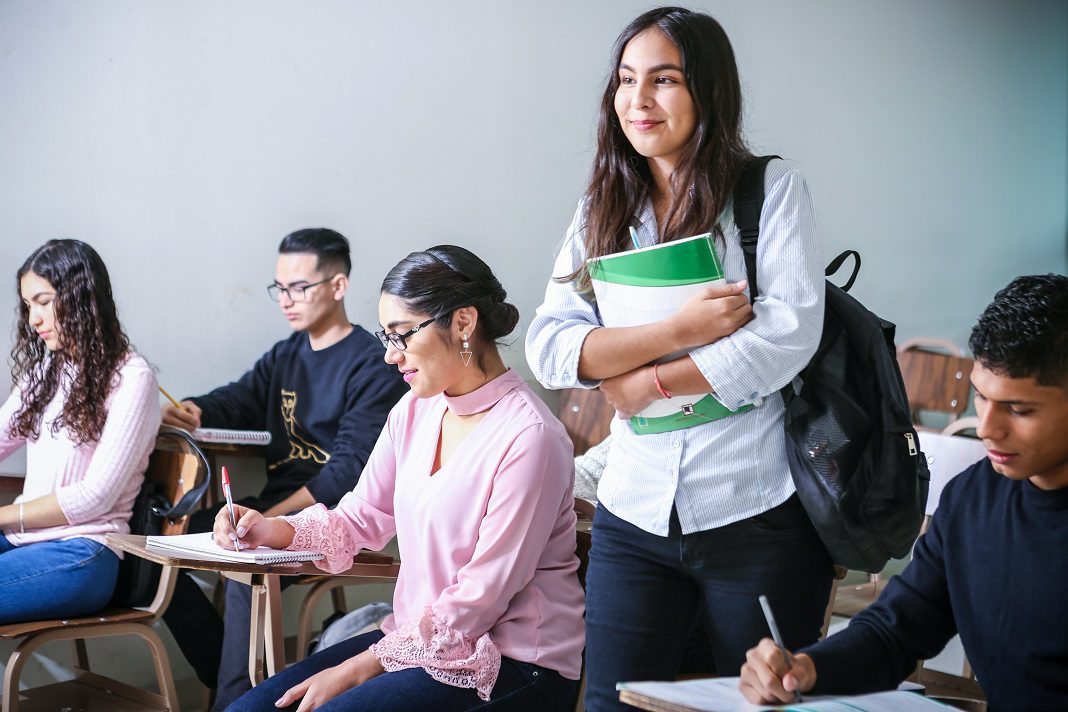by Ali O’Sullivan, Head of the education sector within Grant Thornton’s Consulting team
Ireland’s further and higher education sector has undergone major reforms in recent years, and this is great news for learners. Clearer, more inclusive and accessible pathways are now available, opening up new opportunities in a fast-changing world of work.
Traditionally, the Irish further and higher education landscape was seen as fragmented and opaque. But since the Department of Further and Higher Education, Research, Innovation and Science (DFHERIS) was established in 2020, we’ve seen significant, positive change.
There’s now greater focus on creating alternative routes for school-leavers. In the past, the Leaving Certificate and Central Applications Office (CAO) process was seen as the only viable path. Today, students are increasingly aware of the wide variety of other options open to them.
Sharpening the focus on apprenticeship programmes
One such option is apprenticeships. These offer hands-on, earn-while-you-learn training, and they’ve become far more inclusive. Historically, apprenticeship programmes had a male bias, but that’s changing. There’s also now a broader range of courses available.
Joint Tertiary Programmes are another key innovation, helping to “join the dots” between further and higher education. These enable students to begin third-level study with an Education and Training Board (ETB) and later transition to a university or technological university.
Flexible learning for future workplace readiness
These developments are essential in a world where technology is transforming how we work. Employers are placing more value on skills than on traditional credentials, and this means academic institutions must offer lifelong learning in flexible, accessible formats for people of all ages. Going forward, education must continue its shift toward skills-based models to ensure workplace readiness.
AI, in particular, is reshaping the world of work. To thrive in this environment, employees need to be adaptable and committed to continuous learning. They also need support from their employers when they pursue modular, blended, or micro-credential programmes.
Collaboration between government, education providers and industry
For learning initiatives to be delivered effectively, collaboration between government, education providers and industry is vital. One strong example is SOLAS’s Skills to Advance programme, which works with Regional Skills managers and Education and Training Boards to help businesses identify skills gaps. It also delivers fully funded, flexible training programmes to upskill and reskill workforces.
Inclusive, accessible learning approaches
We must also ensure that new pathways support diverse learners, including adult returners, under-represented groups, and people with special educational needs. Further and higher education providers need to challenge themselves to be fully accessible in how they deliver content, structure courses and create learning environments. If not, we risk widening existing inequalities.
About the author
Ali O’Sullivan is the head of the education sector within Grant Thornton’s Consulting team, where she partners with education clients to deliver strategic transformation, policy design, and stakeholder engagement. With over a decade of experience in management consultancy, Ali brings deep expertise in programme governance, change management, and operational excellence.
She has worked extensively with national education bodies—including government departments, higher education institutions, and education and training boards—supporting initiatives that enhance organisational capability and align with evolving sector priorities.
Known for her collaborative approach and commitment to impact, Ali supports clients across the full project lifecycle, from strategy and mobilisation through to delivery and evaluation. She is passionate about building inclusive, skills-based models that prepare institutions and learners for the future.







